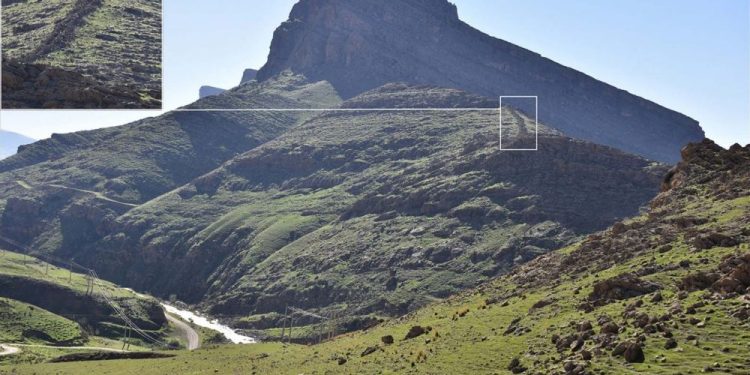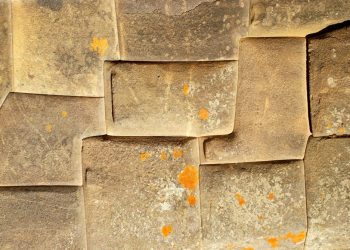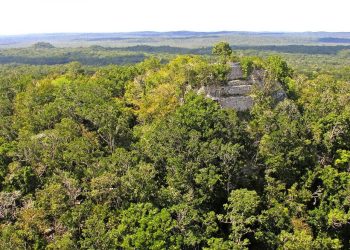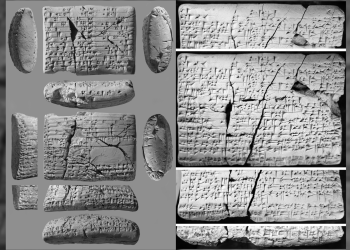An interesting discovery has been made in Iran. Archaeologists have identified the remains of a massive ancient stone wall west of Iran, with a length similar to that of the famous Hadrian’s wall built by the Romans in England.
It is unknown what civilization built it at the moment, although experts say the structure is very ancient.
Archeologists discovered the remnants of the massive ancient wall in Sarpol Zahab (Kermanshah, Iran) near Iraq’s border.
A massive ancient wall visible from space
The massive structure measures approximately 115 kilometers (71 miles) in length and extends from north to south – from the mountains of Bamu to an area near the town of Zhaw Marg. The wall’s construction would have been a challenging project in ancient times, and experts estimate that more than 1 million cubic meters of stone were used in its construction. In comparison, the total volume of the Great Pyramid of Giza has been estimated at around 2,583,283 cubic meters (91,227,778 cu ft).
“With an estimated volume of 1 million cubic meters of stone, its construction would have required abundant resources in terms of labor, materials and time,” writes Sajjad Alibaigi, a Ph.D. student in the archeology department of the University of Tehran, in an article published in the journal Antiquity.
“Several pottery pieces found along this wall suggest that it could be traced back to a period between the fourth centuries B.C. and VI AD archaeologists revealed.
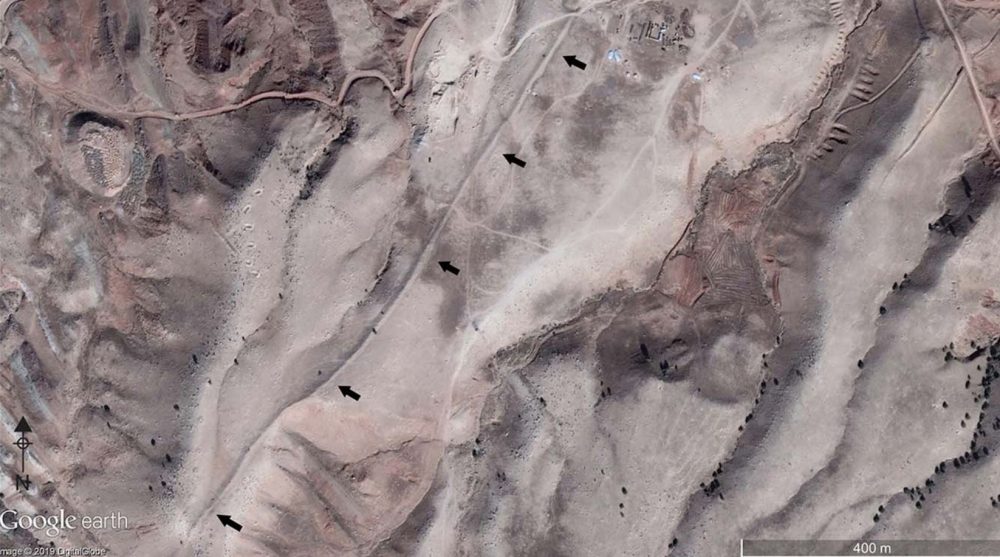
A long-lost wall
“Remains of structures, now destroyed, are visible along the wall and could have been associated with turrets or buildings.” The archeologists have also revealed that the structure “was built with local materials such as pavers, boulders, and plaster mortar.”
“The route of the wall seems to have been determined by the topography of the area, and it frequently crosses mountain ridges, reaching significant heights.”
Although the existence of the structure was unknown to archaeologists, those who live nearby have known about the existence of the wall for a long time, coming to know it by the name “Gawri Wall or Gawri Chen Wall.”
Due to the wall’s poor state of conservation, the researchers are not sure who built the structure and for what purpose. In fact, they are not even sure of its exact width and height – the best estimate is about 4 meters wide by 3 meters high.
Its exact purpose also remains shrouded in mystery.
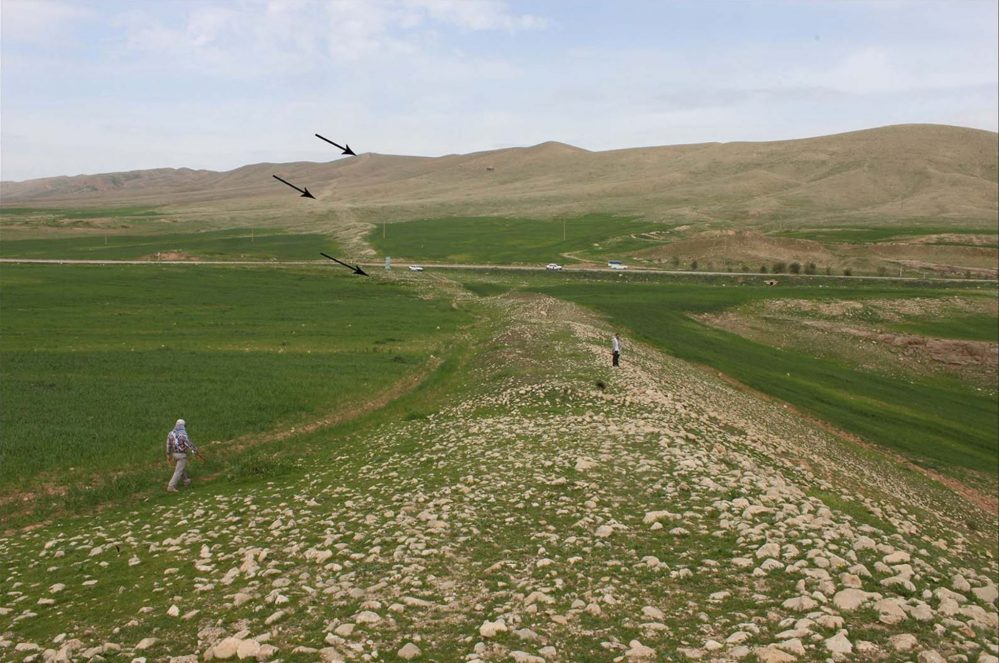
“We also don’t know if it was a defensive or symbolic structure,” says Alibaigi, noting that perhaps it marked the border of an ancient empire, such as the Parthians (who flourished between 247 B.C. and A.D. 224) or the Sassanians (A.D. 224-651).
It is known that both these ancient empires built in western Iraq large castles, massive settlements, cities, and irrigation systems. Due to the extensive length of the wall and the number of resources required in its construction, either one of the ancient empires may likely have participated in its building process.
Based on the region’s archeological record, the construction of such a massive wall would only have been possible from the Parthian period (third century B.C.) onwards.
This mysterious ancient structure is not the only one discovered in Iran. Previous archeological surveys have revealed several similar ancient structures in the north and northeastern parts of the country. However, these walls were much smaller in scale and were used as defensive structures.
Alibaigi has revealed in the recent study that based on regional settlement patterns, and the results of archaeological excavations, the construction of the massive wall was probably by order of either a Parthian or Sasanian King. The project was then implemented and overseen by a regional ruler or a member of the nobility in Qaleh Yazdgirdor.
Join the discussion and participate in awesome giveaways in our mobile Telegram group. Join Curiosmos on Telegram Today. t.me/Curiosmos



